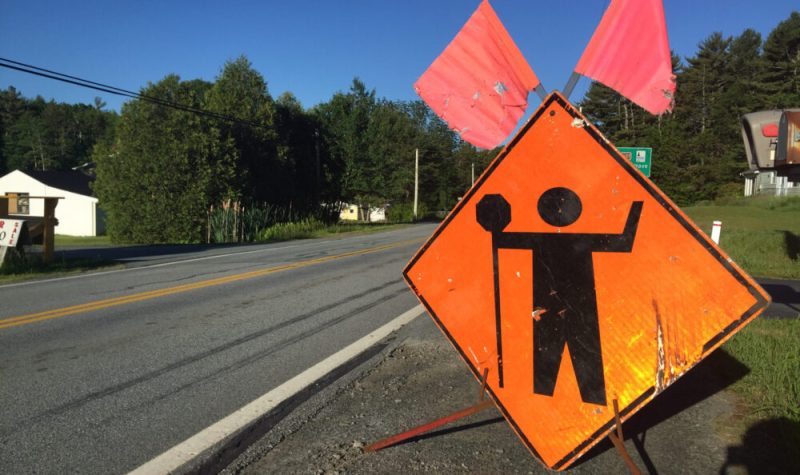The province has unveiled its five-year highway construction plan.
More than 150 projects will be undertaken over the next year at a price tag of almost $500 million dollars.
Transportation and Infrastructure Renewal Minister Lloyd Hines says the focus will be on completing the twinning projects already underway on the 100-series highways.
“Twinned highways save lives. We know that. We have statistical information to illustrate that,” said Hines.
Chief Engineer at TIR Peter Hackett says the study and public consultation done by the department in 2016 identified the section of Highway 103 between Tantallon and Bridgewater for twinning.
The new plan will continue to twin Highway 103 from Halifax as far as Hubbards but will not extend further into the south shore in the near future.
“It’s on the radar from the department but it’s not currently on radar for funding at the present time,” said Hackett. “So somewhere down the road that will be looked at again as well as the other sections that we had identified in that program.”
Hackett says TIR is exploring alternatives to make those sections of Highway 103 not scheduled for twinning, safer in the short term.
“We are looking at other options such as more climbing lanes or as we have down in the Annapolis Valley, what they call two plus one lanes which are just extra lanes on a flat surface as opposed to a hill surface,” said Hackett.
He says an example of those safety improvements is the addition of climbing, or passing lanes being added between Exits 9 and 10.
The MLA for Queens-Shelburne Kim Masland is left with more questions than answers following today’s announcement.
“What’s the commitment to twinning the rest of the highway?” asked Masland. “What is the plan of the minister? What is the plan of the department? That needs to be communicated to Nova Scotians so they know what to expect. That’s what this five-year highway plan is all about. It’s supposed to be taking the politics out of pavement. It’s supposed to be making sure people know what projects are coming forward.”
Projects are prioritized based on a number of factors.
TIR has a process in place where each of the 51 MLAs meet with department officials to make their case for road improvements in their ridings.
The officials then measure those requests against priorities for highways construction, paving, or other infrastructure needs such as bridges, overpasses and roundabouts.
The need and technical requirements help to dictate how soon a project will be completed.
Queens won’t see any major infrastructure as part of the new plan. But in 2021 residents can expect to see fresh asphalt on a three and a half kilometer stretch on Trunk 3 from the Liverpool Town line south towards White Point, almost four kilometers of the Medway River Road from Bangs Falls to the end and on Beech Hill Road from Trunk 3 to the end.
Masland says those few projects don’t measure up to the support neighbouring constituencies are receiving.
“If you compare Lunenburg County to Queens County, it’s glaring and that’s very disappointing to see that we’re not getting our fair share,” said Masland.
In the next year alone, Lunenburg County will see two major projections along Highway 103: the passing lanes between exits 9 and 10 and the construction of a third interchange in Bridgewater between exits 12 and 13. Lunenburg will also see over 30 kilometers of new asphalt while TIR will be laying down less than 12 in Queens.
Hines says all 51 MLAs were consulted prior to the development of the five-year plan.
The minister says whether it’s transporting goods for business or driving to visit relatives, keeping up highways is essential to Nova Scotians.
“Roads is [sic] a critical investment in both the social and safety and economic well-being of the province. Roads are extremely important to those three considerations," Hines said.
Reported by Ed Halverson
E-mail: edhalversonnews@gmail.com
Twitter: @edwardhalverson
To listen to the broadcast of this story, press play below.


